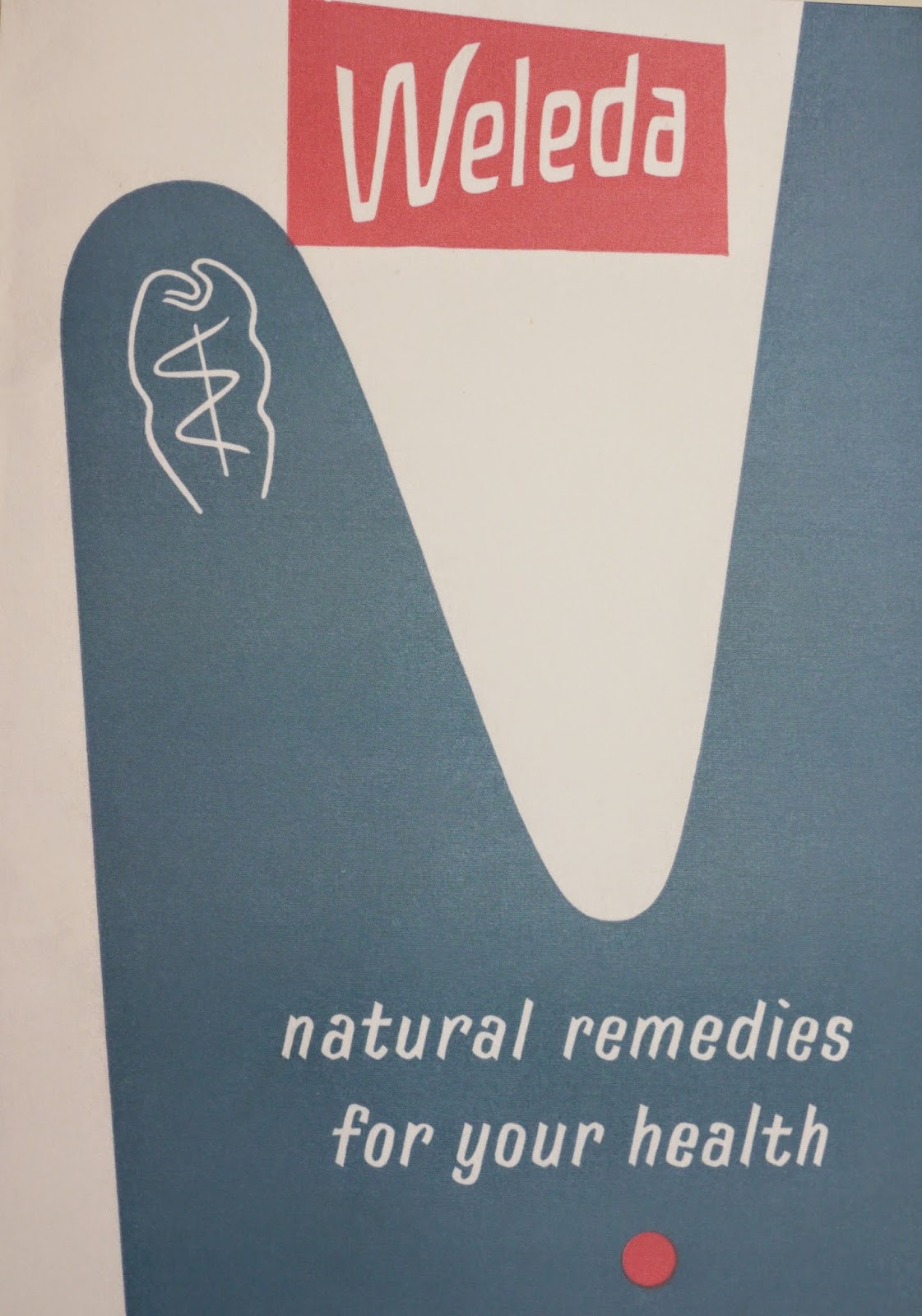Today I was lucky enough to visit the Weleda Headquarters in Ilkeston, Derbyshire to attend one of their annual Insight Days. An opportunity to understand more about the company and to be shown around their biodynamic gardens, I had been hankering to take a trip ever since last summer when I read about the visit taken by fellow Make-up Artist Lou Dartford.
Before I get into full flow, I have realised that this post has the potential to be incredibly long (if not just for the many photographs), so I have split it into two posts; one on the gardens and biodynamic techniques and the second (which will be published next week) on the range itself.
Weleda was founded in 1921 by Austrian Philosopher and Scientist Rudolph Steiner and Dutch Gynacologist Ita Wegman. Based on the philosophy that medicines should stimulate the body's natural powers to heal itself, Weleda produce a range of holistic natural and organic cosmetics and anthroposophic pharmaceuticals.
* * *
After a very early start, I arrived in Derby and was driven to the company's main site which houses amongst other things the labs, offices and Wellbeing and education centres. Following introductions and an overview of the company from Weleda UK's Head of Marketing Ali Parsons, we were whisked off in a minibus to Weleda's beautiful Biodynamic Gardens a couple of miles away.
 |
| The Herb Garden |
Biodynamics is a holistic approach to agriculture, food production and nutrition. founded by Rudolph Steiner as part of his Anthroposophy philosophy, Biodynamics works with nature and combines organic farming practices with biodiversity and (believe it or not) astronomy; food is grown and harvested in accordance with the lunar cycle which ensures that the yeald is more nutritious.
The gardens are amongst the largest medicinal gardens in the world and are home to nearly 200 different species and after a brief introduction to the 13 acre gardens (and an opportunity to apply liberal coats of insect repellant) by Head Gardener Claire, we were off. Our guide was ex-Head Gardener Michael Bates, who worked for the company for thirty years!
 |
| The Spring Meadow |
Michael was an utterly astounding font of knowledge and very clearly passionate about plants, their holistic benefits and biodynamic farming methods. As we walked through the gardens and meadows he stopped regularly to discuss the medicinal benefits of certain herbs and plants, how biodynamics effects the way in which plants grow and develop and to regale us with amusing tales and anecdotes.
For me the tour was an incredibly romantic, enlightening and informative experience. Beginning in the kitchen style herb garden filled with St John's Wort, Ecinachea, masses of Chamomile and wild strawberries, we then meandered past beehives and silver birch trees, through the beautiful Spring Meadow, into woodland (via a little Poison Ivy!) and out into the Calendula field. We even had the opportunity to see biodynamic compost being made!
 |
| Beehives |
Although the majority of the skincare products are produced overseas, all of the herbs, flowers and plants being grown here are used in the medicinal and homeopathic treatments which are produced onsite in the Derbyshire HQ. The key to many of the products produced is the freshness of ingredients. All of the plants and flowers find themselves in the labs within four hours of being harvested (often less!) and in recent years Weleda's Gardeners have taken it upon themselves to transform the plants into the valuable tinctures used in many of the medicinal treatments to ensure they are at their freshest.
At the end of the tour we were met once again by Claire who explained the processes that the team go through to produce the tinctures and gave us the opportunity to put the methods used to preserve Calendula flowers into practice in a small demonstration.
Always up for getting my hands dirty, I volunteered to take part and having donned protective gloves, gown and goggles, I set about finely chopping stems of the orange headed calendula flowers before measuring out ethynal alcohol and combining the two... Fast forward 2 weeks and voila! A 50% mother tincture. The foundation of many of the Weleda products.
Sadly that heralded the end of the tour of the gardens and it was time to head back to base for a light lunch and an I depth look at some of the Weleda products, but more about this soon...
* * *
With the renovation of my own garden about to begin, I have come away not only with more than a little garden envy, but also with a whole host of ideas that I hope to implement in some small way in my little corner of South East London...
 |
| Warning! Poison Ivy! |
Images: Laura Jane Sessions - Organic Make-up Artist
Tincture Making Image Courtesy of Jo from Purple Patent Life



No comments:
Post a Comment